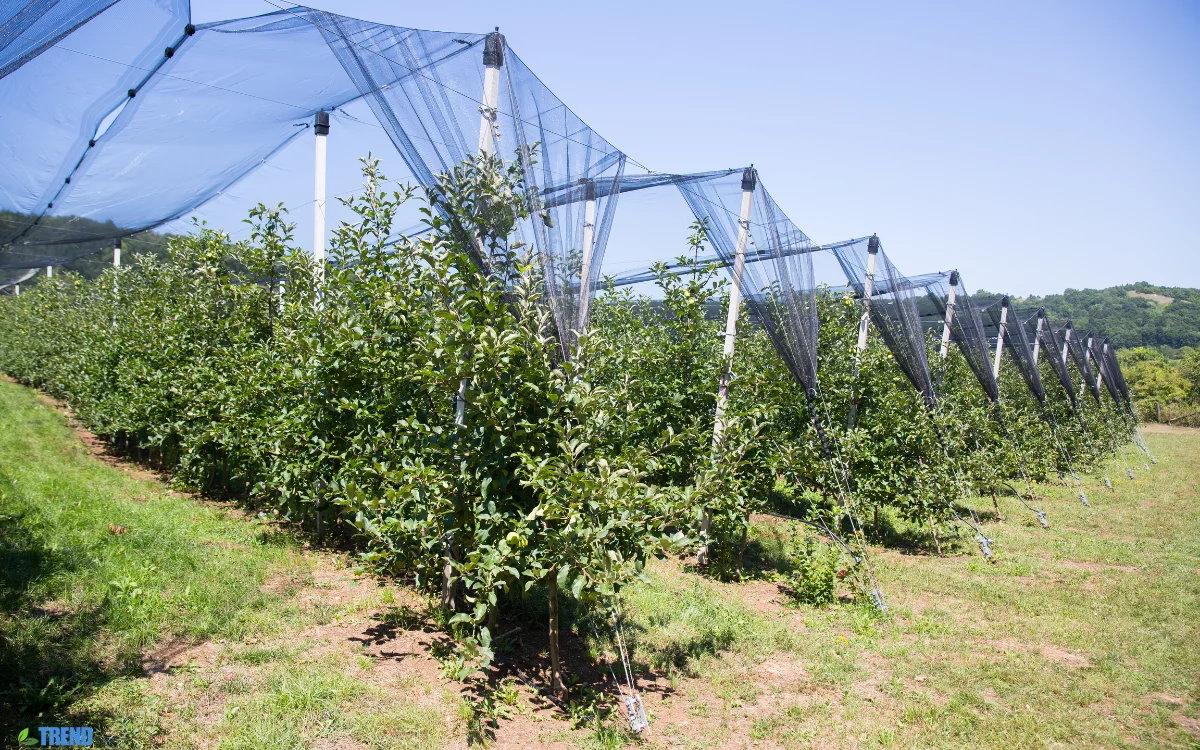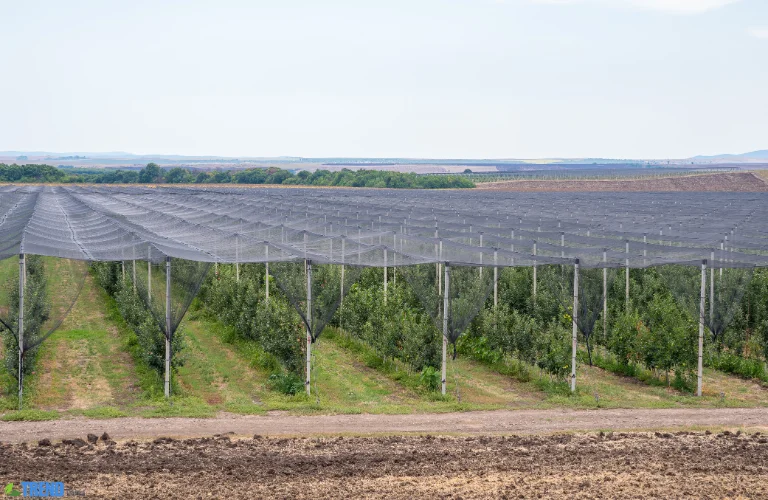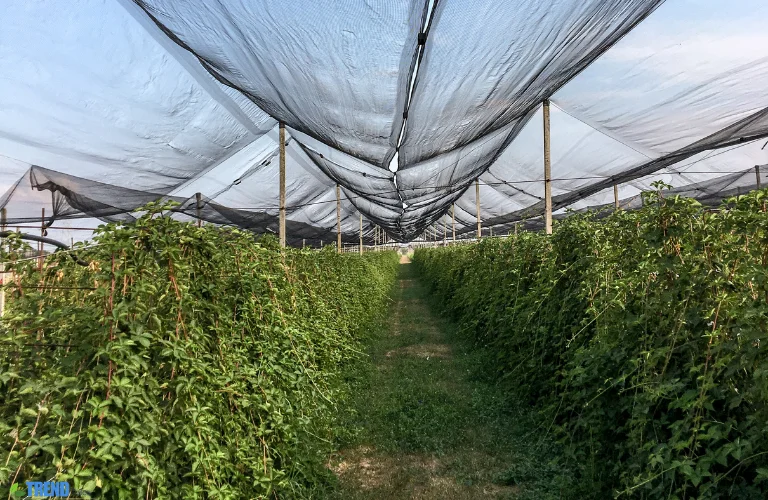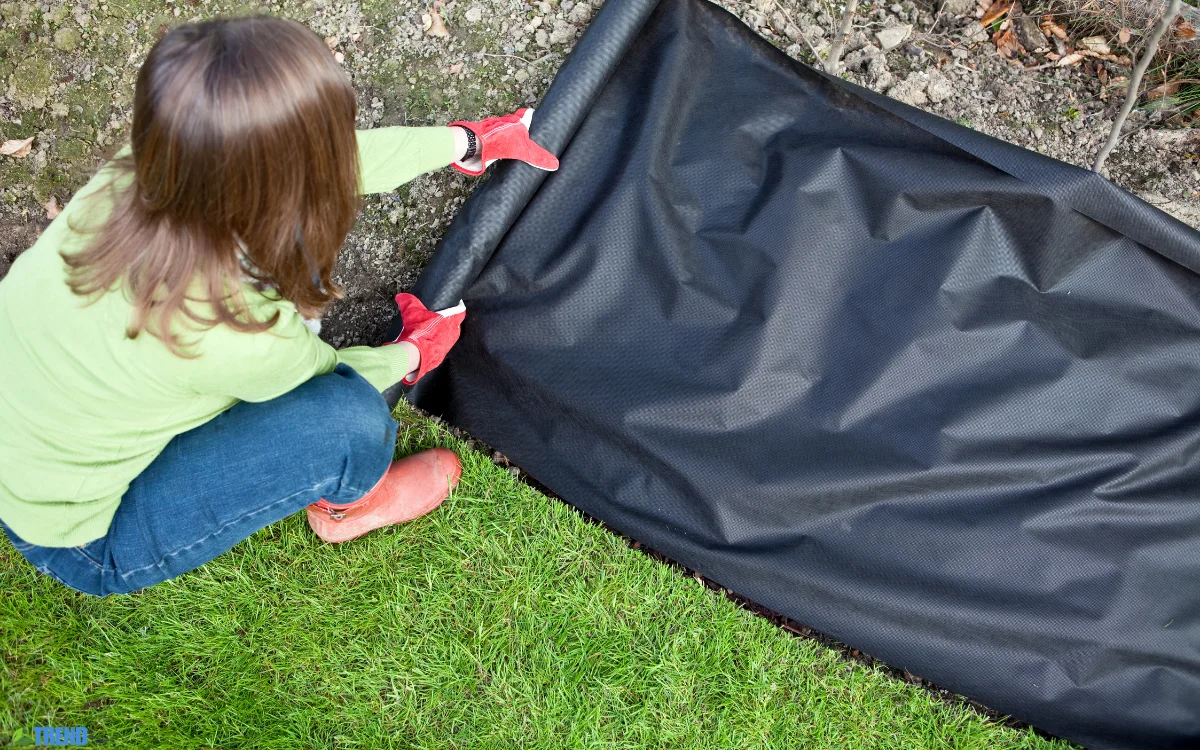Garden Netting: The Ultimate Protection for Your Plants
Introduction to Garden Netting and Why It Matters
Every gardener knows the frustration of seeing their hard work undone by pests, animals, or harsh weather. Whether you’re growing vegetables, fruits, or flowers, your garden faces threats from all directions. This is where garden netting comes into play a simple yet highly effective solution to safeguard your plants. It’s affordable, easy to install, and suitable for gardens of all sizes. In this guide, you’ll discover everything you need to know about garden netting, including types, uses, benefits, installation methods, and much more.
What Is Garden Netting?
Mesh netting is used in gardens to shield plants from outside damage. It’s used by home gardeners, commercial growers, and greenhouse owners to prevent birds, insects, animals, and even harsh weather from harming crops.Typically made from lightweight but durable materials like polyethylene or nylon, it is flexible, reusable, and available in various sizes and mesh densities to suit different gardening needs.
Benefits of Using Garden Netting
Protects Against Birds and Animals
One of the primary reasons gardeners use garden netting is to protect plants from birds, rabbits, deer, and other wildlife. The netting acts as a physical barrier, making it difficult for animals to reach the plants without harming them.
Shields Plants from Insects
Some types of garden netting are fine enough to prevent even tiny insects like aphids and whiteflies from reaching your crops. Using insect netting minimizes reliance on chemical pesticides, promoting a safer and more environmentally friendly garden.
Supports Climbing Plants
Certain varieties of garden netting also serve as a support structure for climbing plants such as peas, beans, and cucumbers. It offers vertical support, enhancing airflow and allowing more sunlight to reach your plants.
Reduces Weather Damage with Garden Netting
Heavy rain, strong winds, or hail can severely damage tender plants. It acts as a shield that reduces the direct impact of harsh weather conditions on your plants.
Promotes Higher Yields
By reducing stress and preventing damage, garden netting allows your plants to grow more efficiently. Healthier plants often lead to better yields and more successful harvests.
Types of Garden Netting and Their Uses
Bird Netting
Bird netting features larger mesh sizes and is ideal for covering fruit trees, berry bushes, and vegetable beds. It prevents birds from pecking at fruits without obstructing air or sunlight.
Insect Netting
This delicate mesh. It’s perfect for protecting cabbages, carrots, lettuce, and other sensitive vegetables from insect infestation.
Climbing Plant Netting
Made from strong yet flexible materials, this netting supports climbing vegetables and flowering vines. It encourages vertical growth, which saves space and improves harvest quality.
Shade Netting
Shade netting reduces sunlight intensity and helps control temperature levels, making it especially useful in warmer climates. It’s useful in greenhouses or areas where intense sun may scorch your plants.
Anti-Hail Netting
Designed for high impact resistance, anti-hail netting protects your plants against destructive hailstorms. It is particularly beneficial in regions with unpredictable weather patterns.
How to Install Garden Netting Effectively
Choose the Right Type
Determine your main purpose whether it’s pest control, support, or weather protection. This will guide you in choosing the most suitable type of garden netting for your specific requirements.
Measure the Area
Measure the length, width, and height to accurately determine the area’s exact dimensions. Always buy a slightly larger piece of netting to allow for securing and adjustments.
Set Up Support Structures
Install stakes, poles, or a frame around your garden bed or plant area. The structure provides a surface on which the netting will rest.
Attach the Netting
Lay the garden netting across the frame or place it gently over the plants. Secure the edges with clips, ties, or garden staples to ensure it stays in place, even in windy conditions.
Monitor and Adjust
Inspect the netting frequently for any tears, unsecured edges, or areas that may be sagging. Adjust it as needed to maintain its effectiveness during the growing season.
Best Practices for Using Garden Netting
-
Gently lift the netting during harvesting or pruning to prevent any damage to the mesh or surrounding plants.
-
Make sure pollinators can access flowering plants by removing or opening the netting during bloom periods.
-
To prolong the netting’s life, store it in a dry place during the off-season.
-
Clean the netting with mild soap and water if it becomes dirty or clogged.
-
Change the type and position of the netting according to the seasonal requirements of your garden.
Common Mistakes to Avoid
-
Choosing an unsuitable type of netting for the particular plants or pests in your garden.
-
Not securing the netting properly, allowing pests to slip in through gaps.
-
Leaving netting on too tightly, which can damage delicate plants.
-
Overlooking weather conditions—lightweight netting may not hold up against strong wind without proper support.
Eco Friendly Benefits of Garden Netting
Garden netting reduces the need for pesticides, chemical sprays, and other harmful practices. It promotes organic gardening by providing a physical, non-toxic solution to common garden issues. Many modern nettings are UV-stabilized and recyclable, making them a sustainable choice for long-term use. Some are even biodegradable, breaking down safely in the environment over time.
Conclusion: Make Garden Netting Part of Your Gardening Strategy
One of the most practical tools you can add to your gardening toolkit. It protects your plants from birds, insects, animals, and harsh weather while also supporting healthier and more productive growth.With various types available to suit different needs, it is a smart investment for anyone who wants a beautiful and bountiful garden. From boosting yields to reducing damage and maintaining a clean garden space, it delivers real results season after season.
Frequently Asked Questions (FAQs)
Q1: Which type of netting is most suitable for vegetable gardens?
Fine mesh insect netting is ideal for vegetables because it blocks tiny pests while still letting in air and sunlight.
Q2: Can I use it in a greenhouse?
Yes, it is ideal for greenhouses to control pests, filter sunlight, or provide support for climbing plants.
Q3: How do I keep birds from tearing garden netting?
Use stronger polyethylene netting and secure it tightly. Adding visual deterrents like reflective tape can also help.
Q4: Is it reusable?
Most netting is reusable. With proper care and storage, it can last multiple seasons.
Q5: Will it block sunlight?
No, most types are designed to allow sufficient light, air, and water through while offering protection.




1 comment